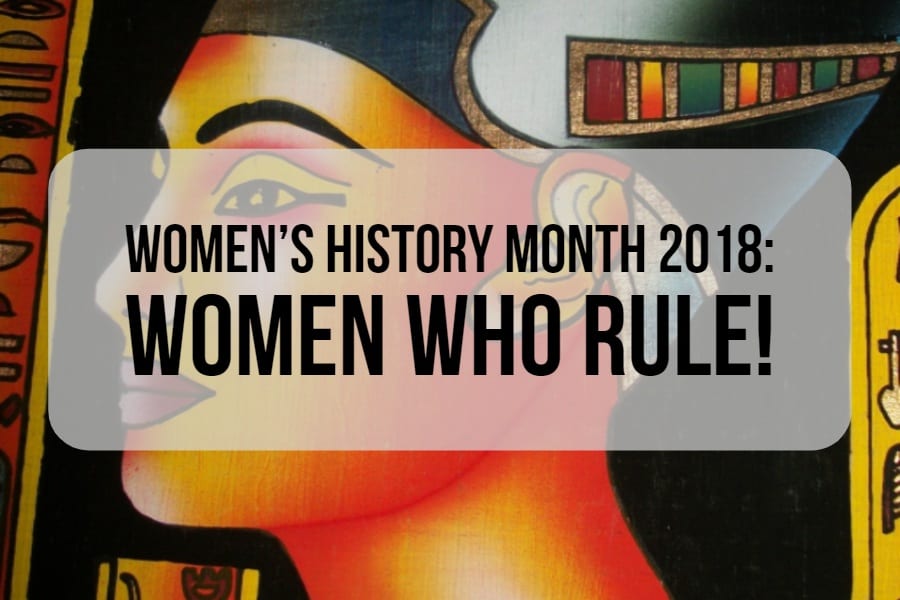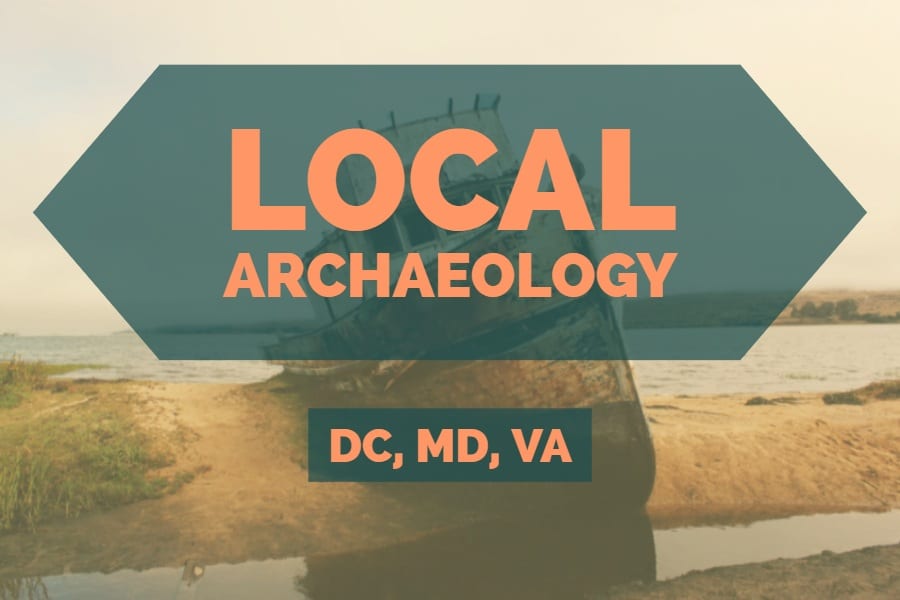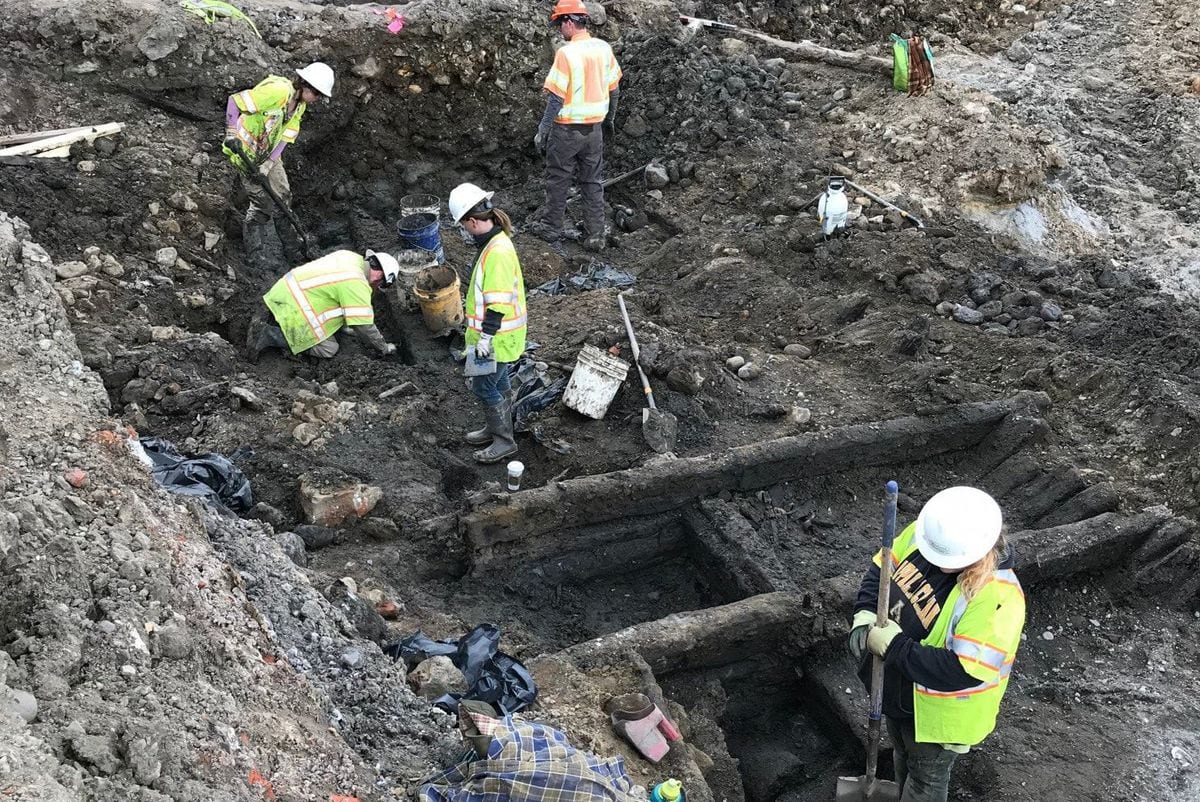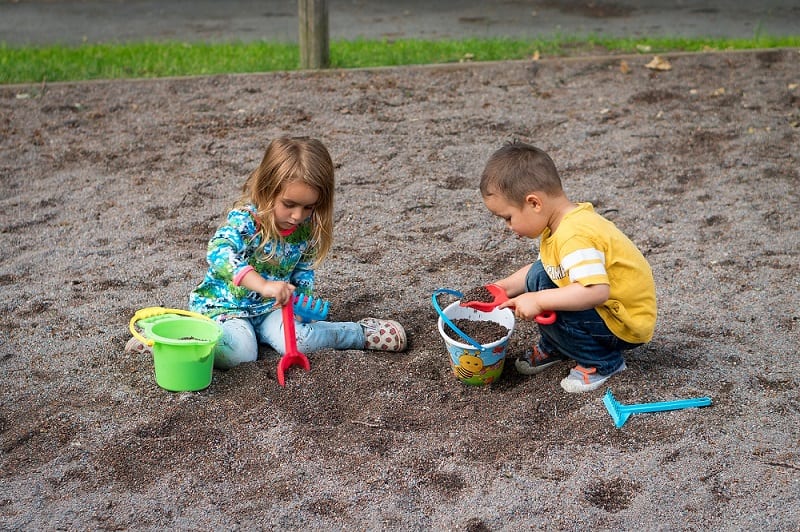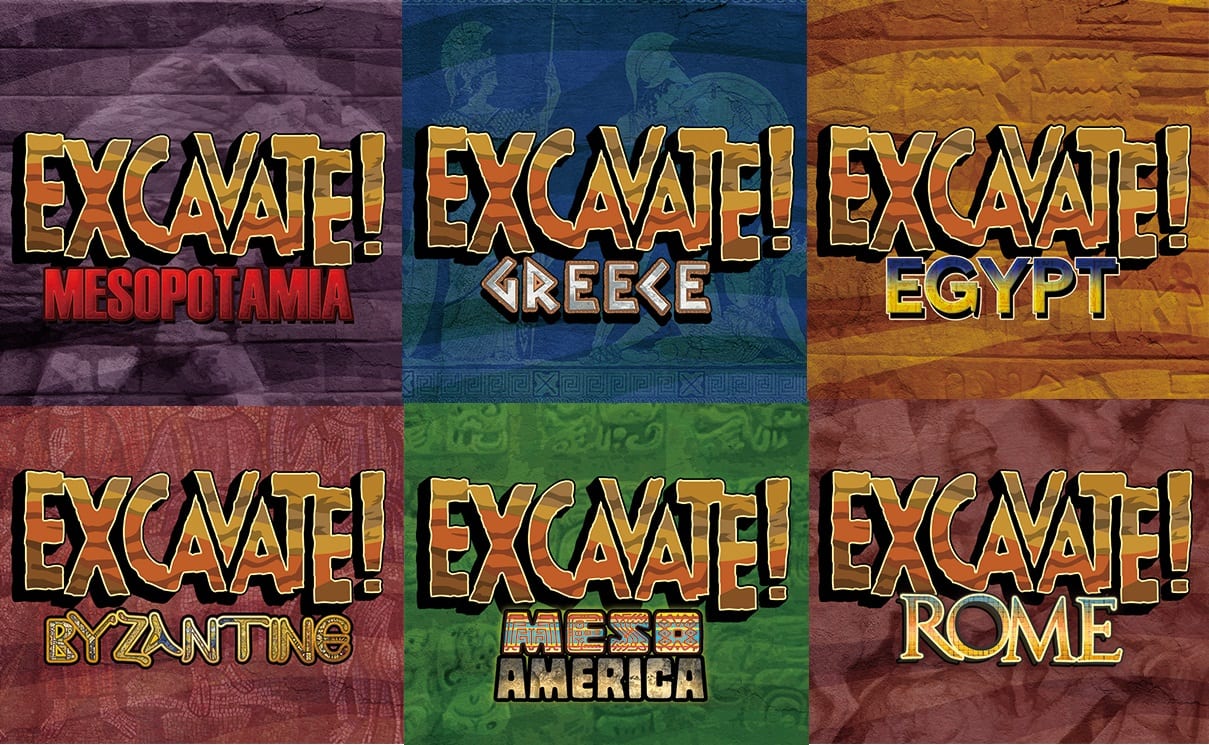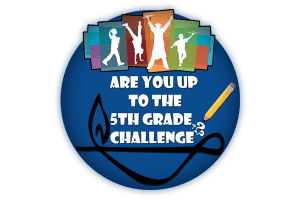Roman Town 2 Updates the Classic Social Studies Game
Return to Pompeii in Roman Town 2!
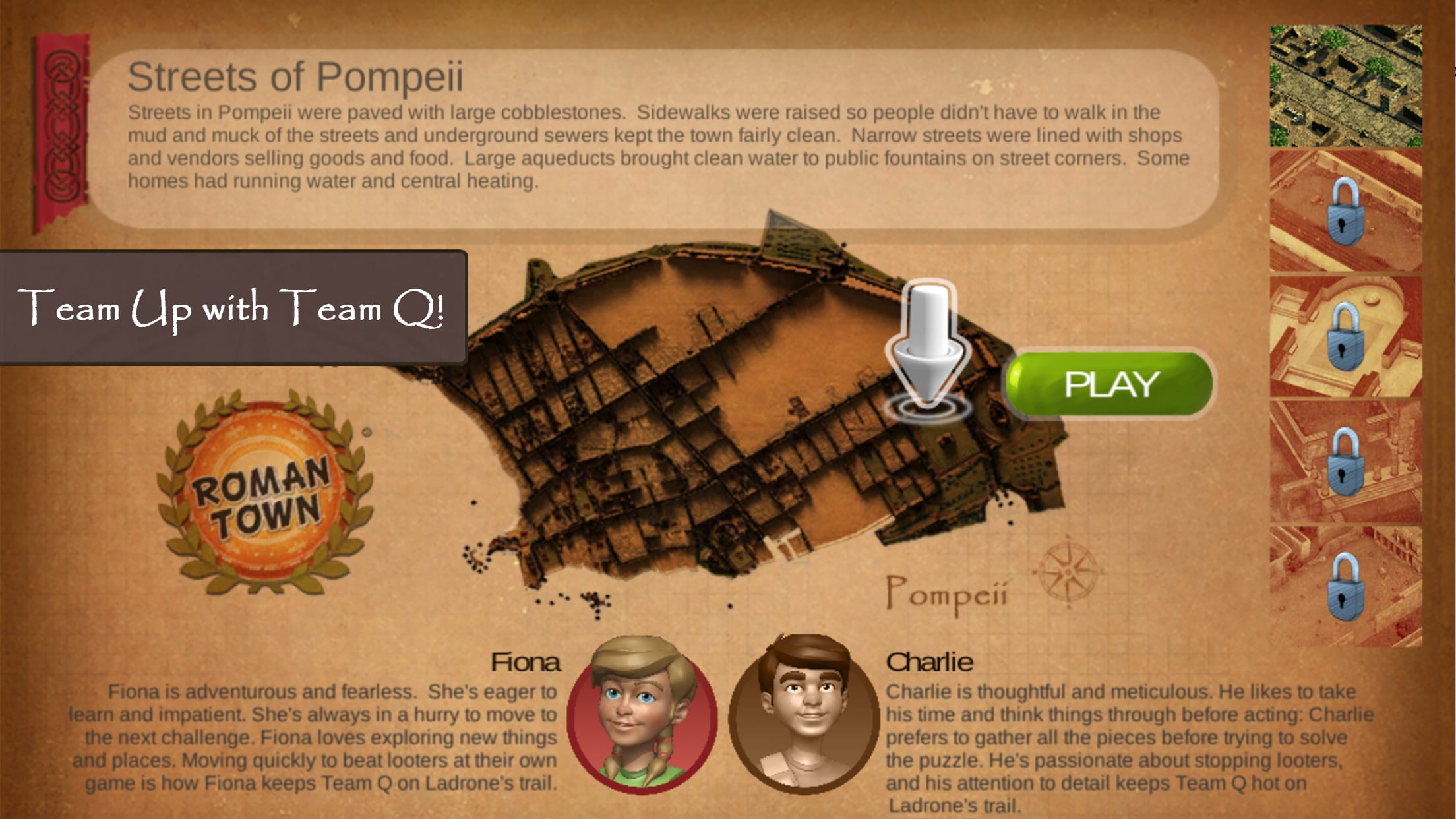
Dig-It! Games announces the return of its highly-acclaimed, debut product Roman Town in the form of Roman Town 2. This modern, revitalized version of the award-winning social studies game keeps all the charm of the original while featuring updated graphics and gameplay. While it is only currently available for iOS and HTML5, Roman Town 2 also comes to Android soon.
Join Team Q on their quest to stop the devious Ladrone from stealing the artifacts of Pompeii. In the game, play as the precocious duo Fiona and Charlie to gather information and solve puzzles that will lead them to the master thief. In order to defeat her, They will need to learn all they can about life in ancient Rome.
Interactive History
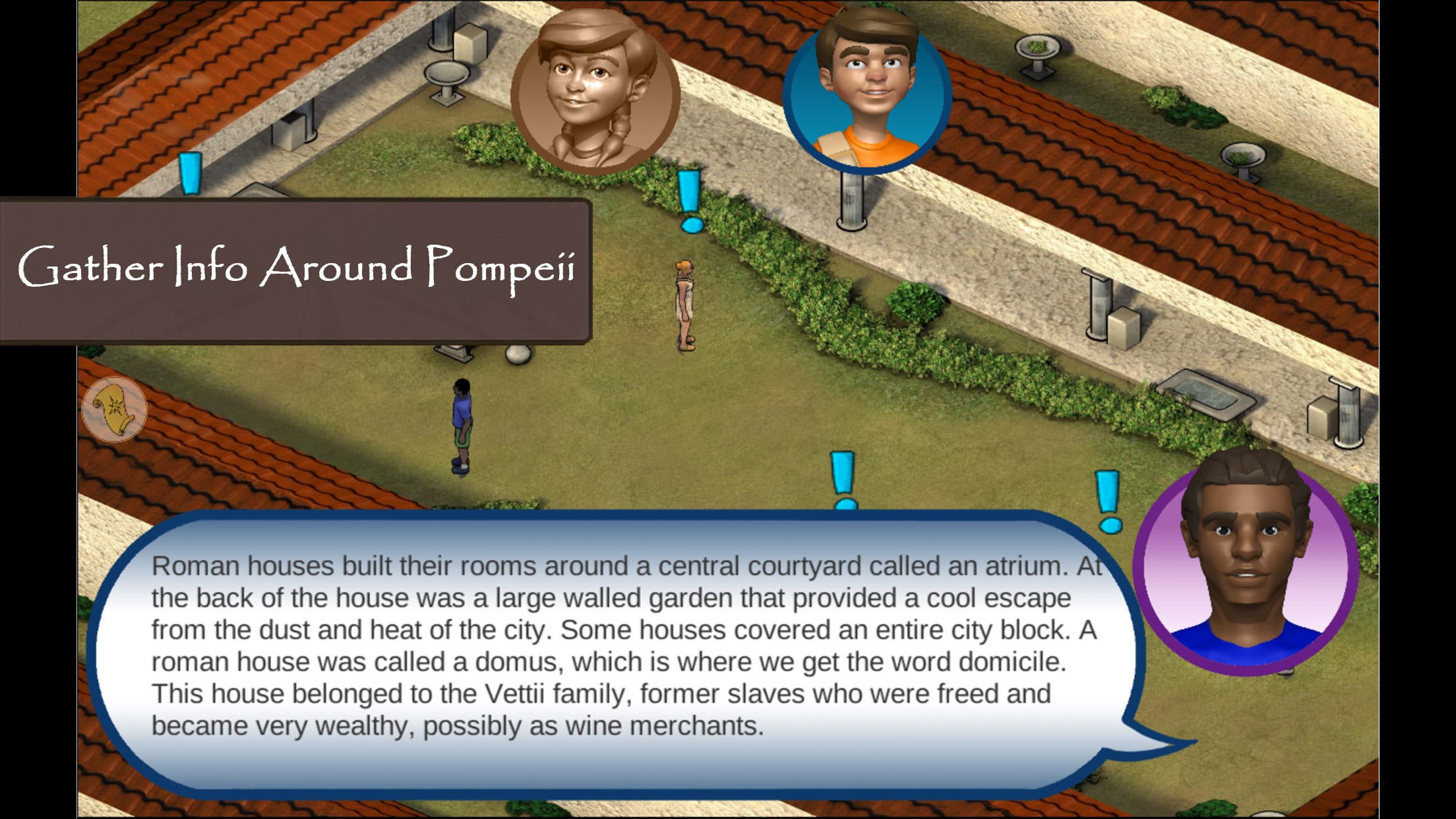
Roman Town 2 makes history come alive for students. With its basis in accurate and detailed historical information, the game encourages players to become immersed in Roman culture. However, the challenging puzzles also keep students entertained. Through conversations with characters in several locations around Pompeii, players learn all about the Roman Empire.
In order to reach the end of the game, players take on the role of both members of Team Q. Both team members tackle their own unique mini-games. Adventurous and fearless, Fiona always hurries on to the next challenge. Her favorite hobbies include catching looters and beating them at their own game. Therefore, it’s no wonder that the games Fiona plays are timed—she’s impatient and ready for what’s coming next. On the other hand, Charlie is thoughtful and meticulous. He likes to take his time and think things through. When playing as Charlie, you need to beat puzzle- and logic-based games. By playing both, students challenge their strategic thinking, spatial reasoning, memory, logic, mathematics, and more.
Critical Acclaim and Standards Alignment
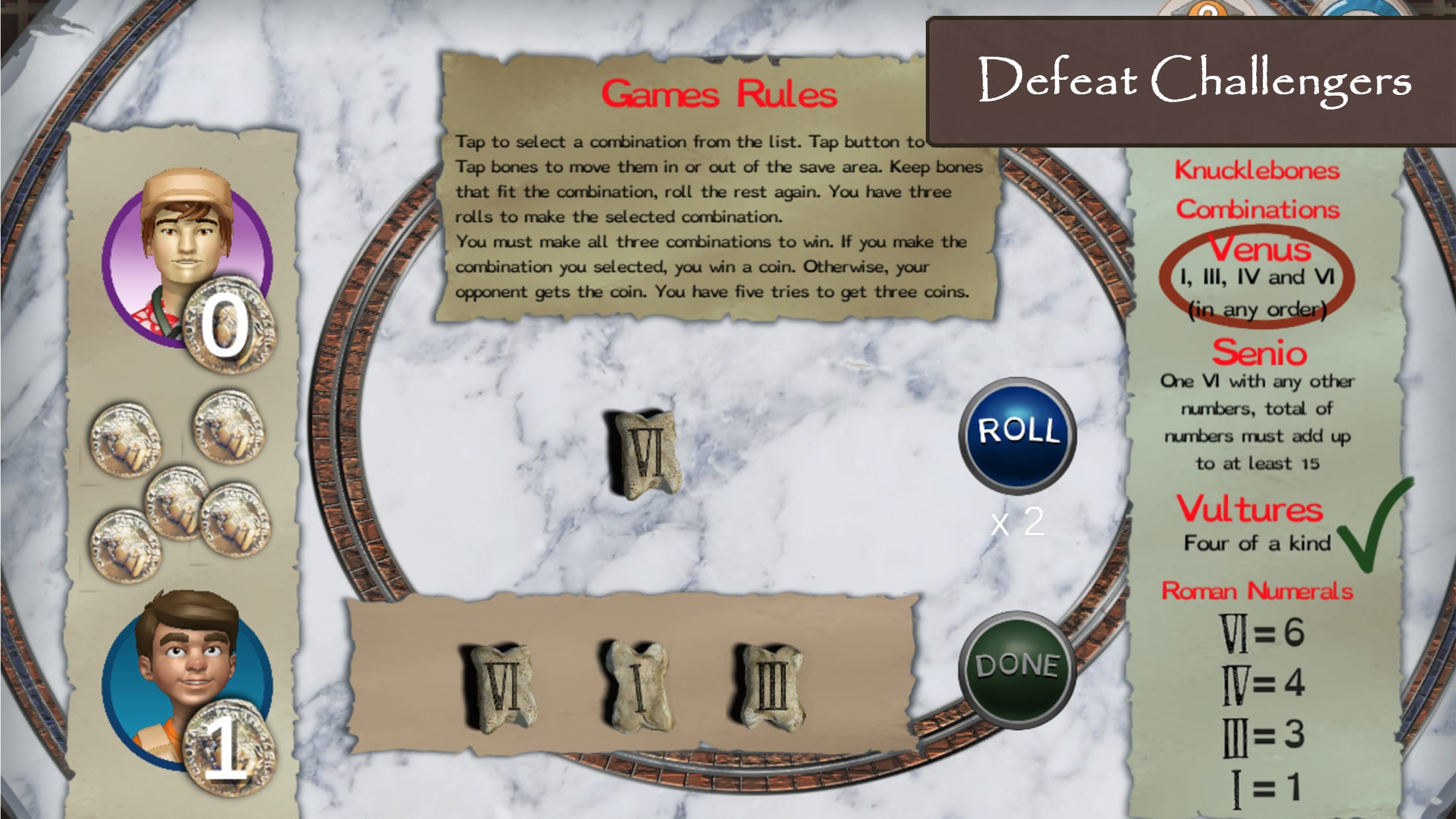
The original Roman Town released in 2010 on CD-ROM and then in 2015 for iOS. It was met with wide critical praise and several awards from prominent sources in educational technology. Among many honors, Roman Town won the 2010 Creative Child Magazine’s Game of the Year, a 2015 Silver Award from the National Parenting Publication Awards, and an On for Learning Award from Common Sense Media.
“Roman Town does a fantastic job of presenting world history in a fun and entertaining context for kids,” said Christopher Healy on Common Sense Media. “Part simulation game, part puzzle game, part mystery — and with a great variety of mini-game material thrown in — this is an educational game that shouldn’t bore kids for even a second.”
Roman Town 2’s completely authentic content aligns to several standards. Among these standards, the game meets the National Council for the Social Studies Curriculum Standards, World History Standards, and Common Core State Standards for Language Arts and Mathematics. For educators planning a unit on Romans, this game is perfect for students. It can be played through in just a few hours- perfect for homework, an in-class activity, or a combination of the two!
Read the full press release on PRWeb.
Download from our website here.
Get it from the App Store here.

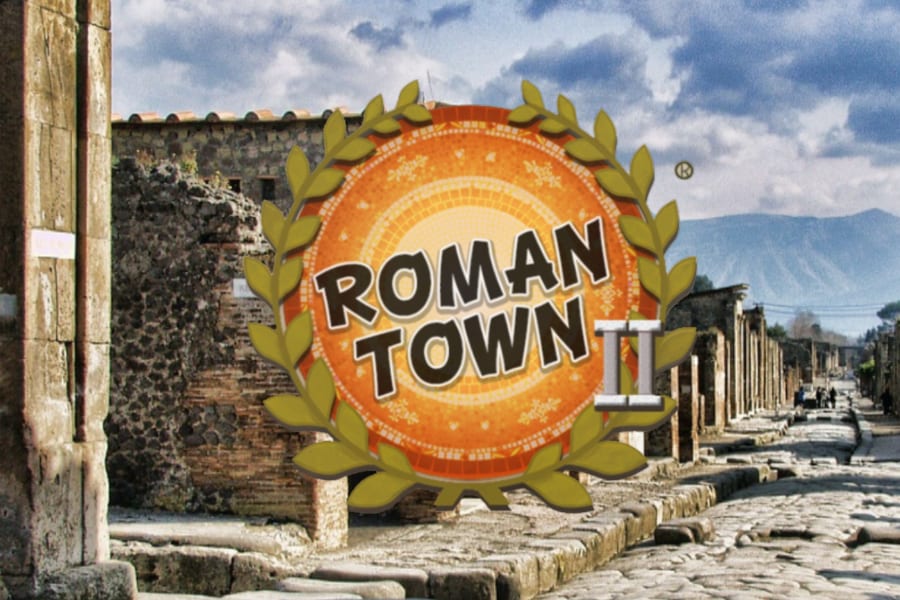
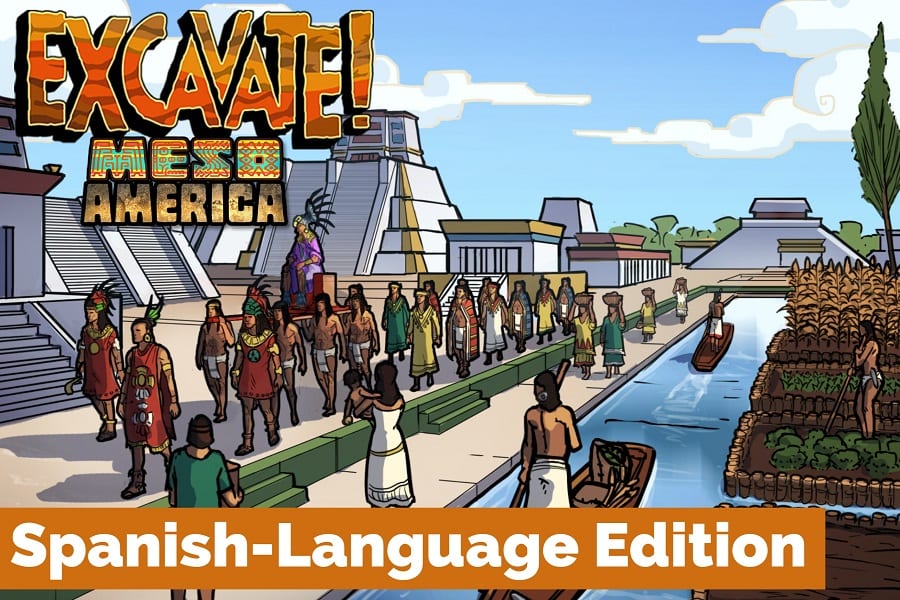
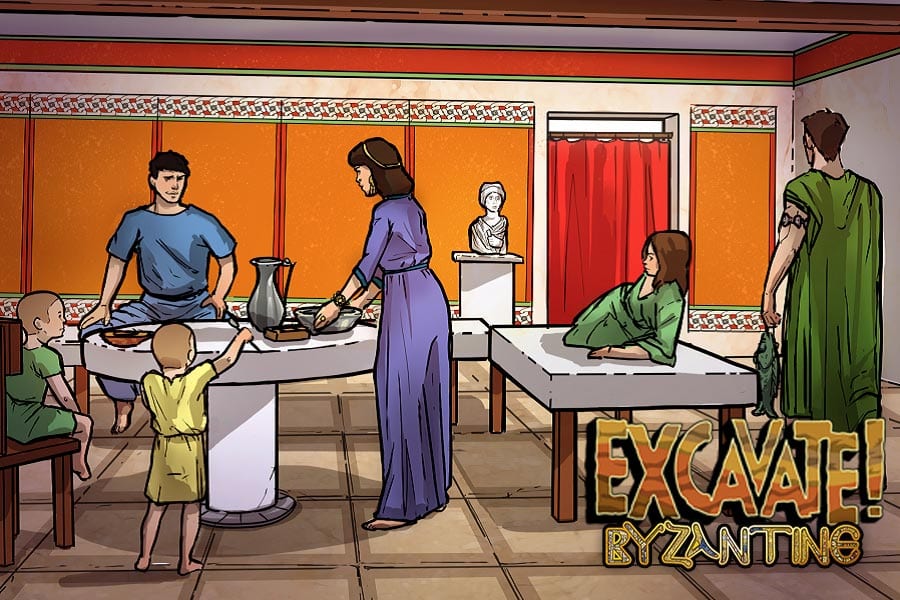

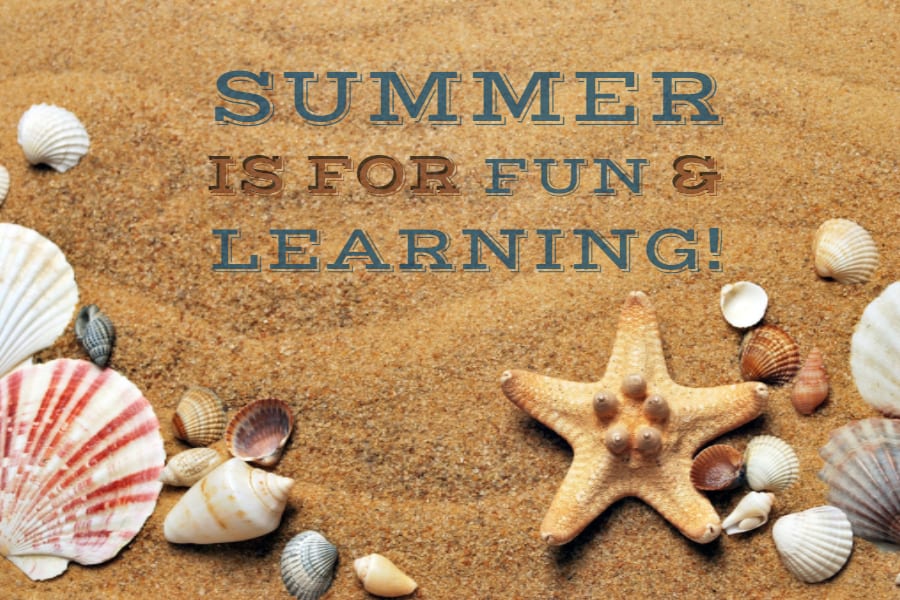



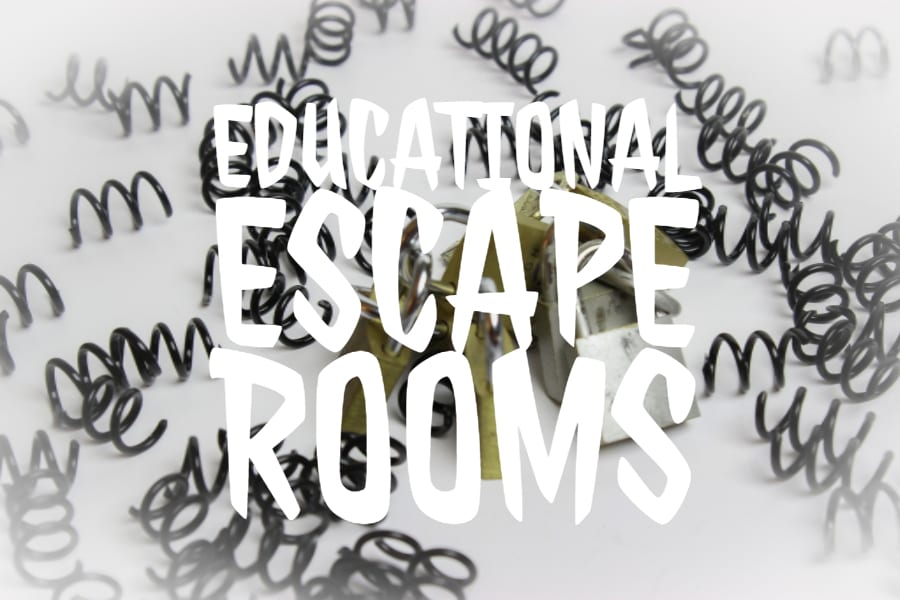


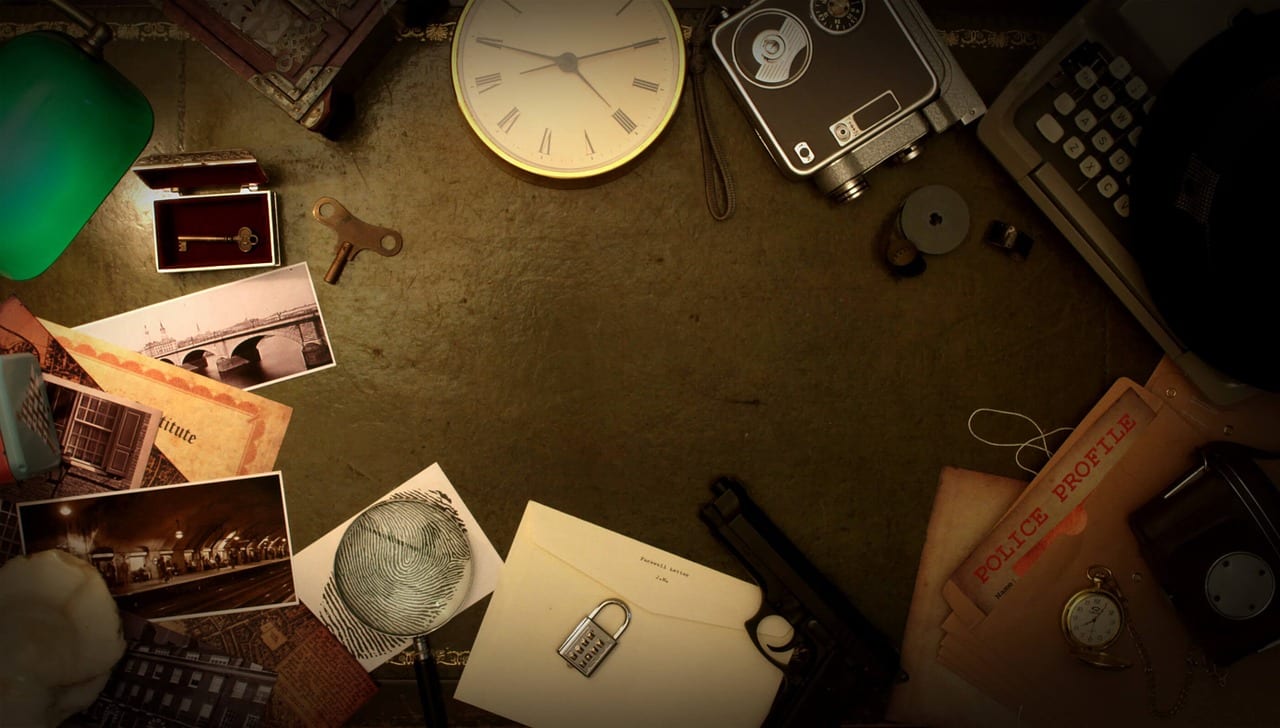
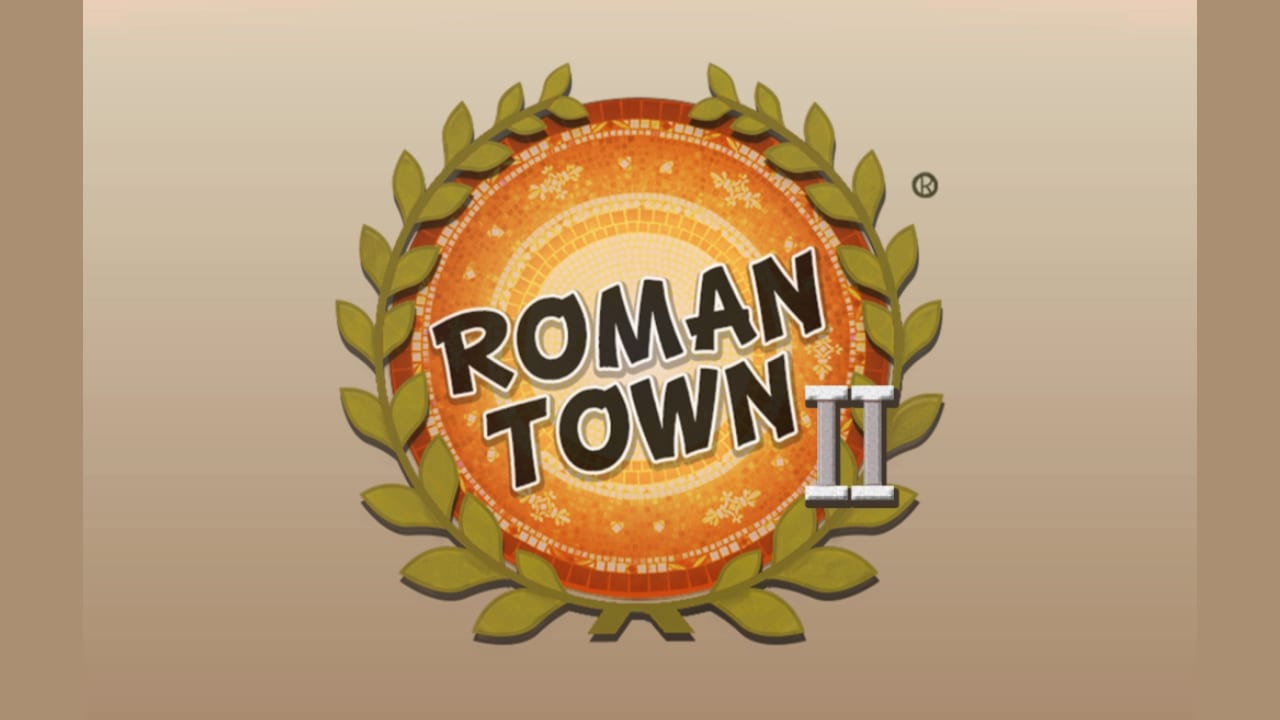

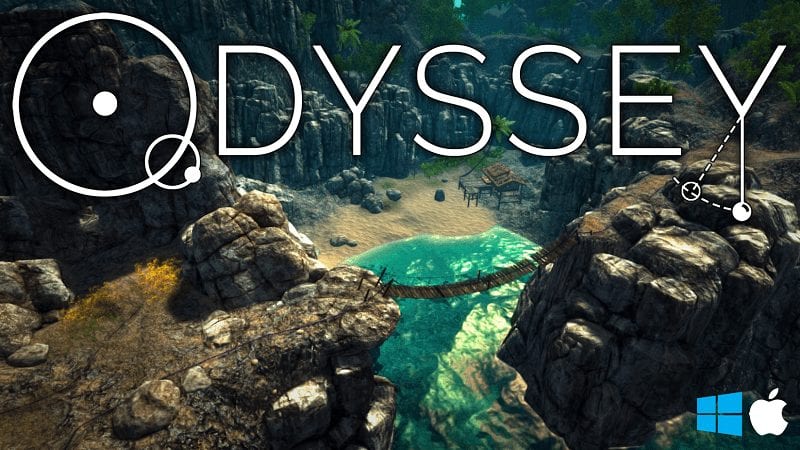

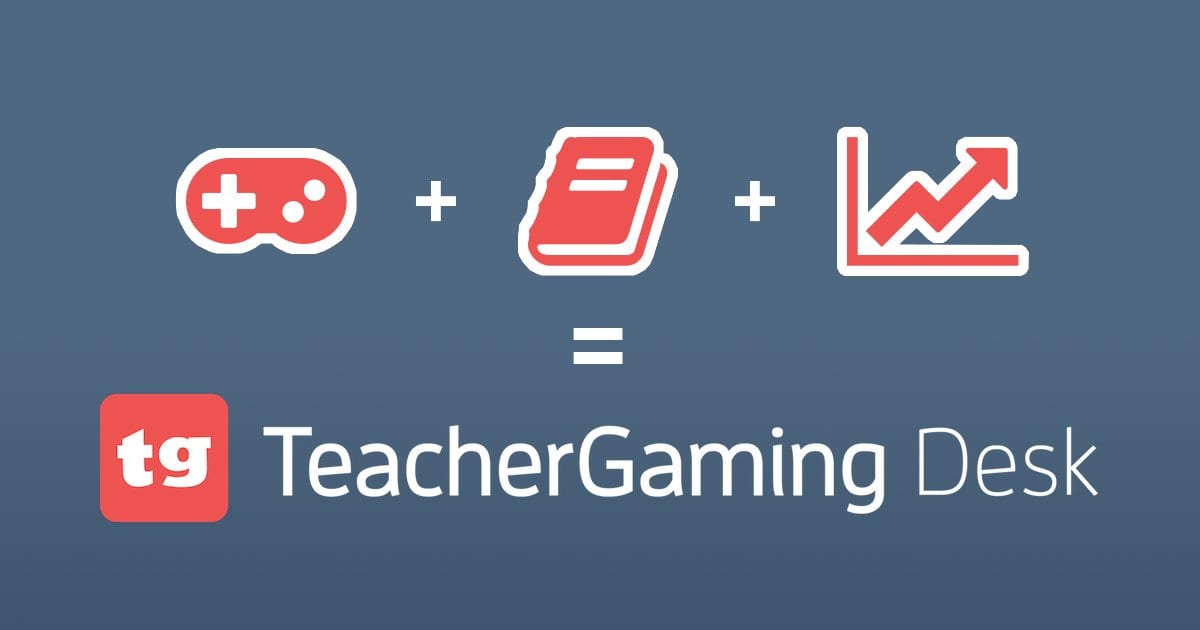




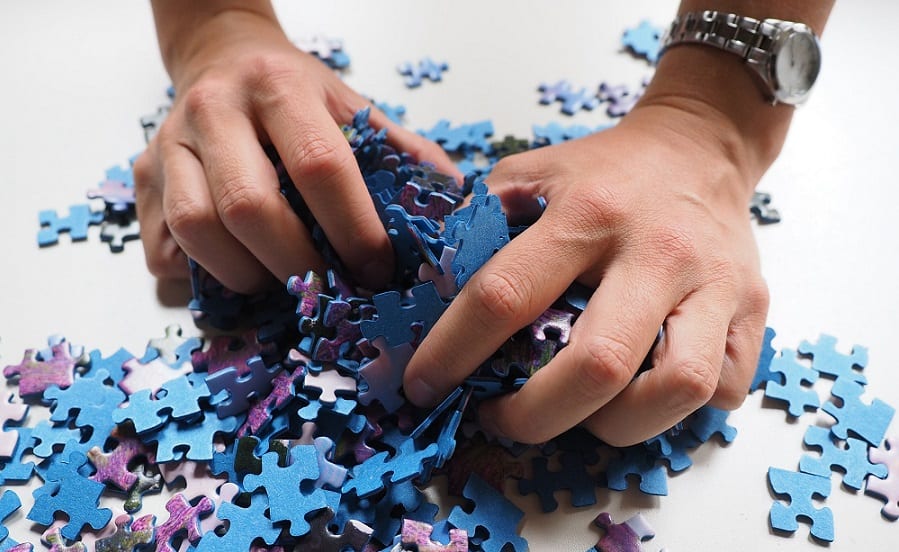


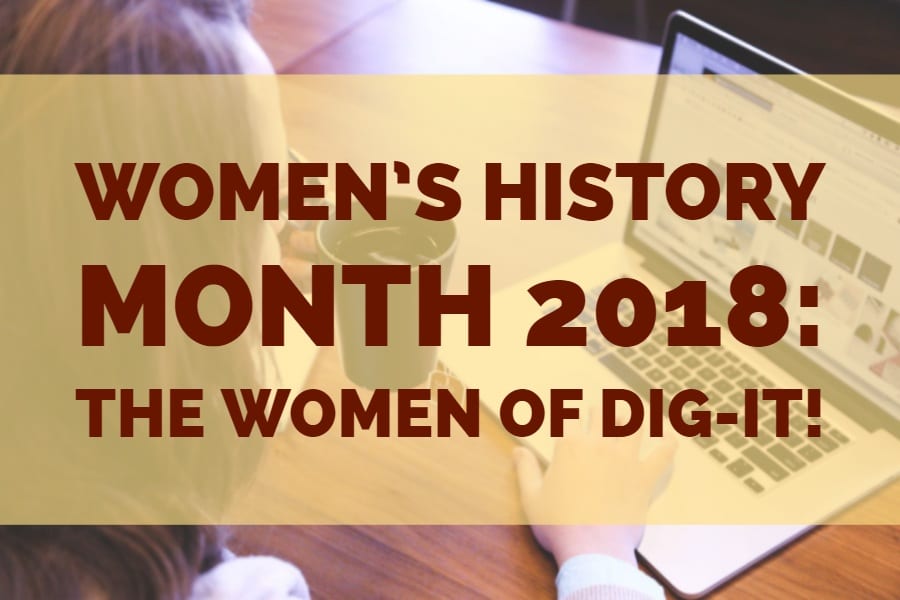
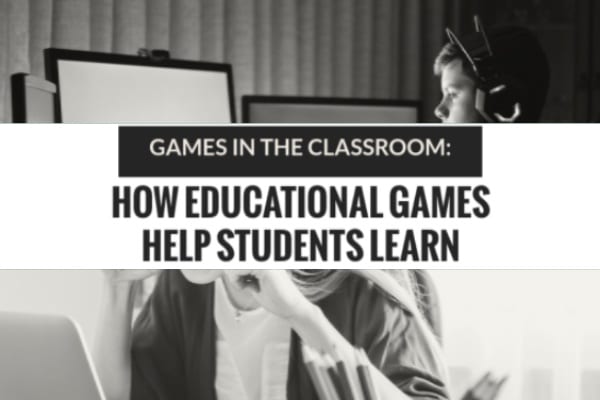
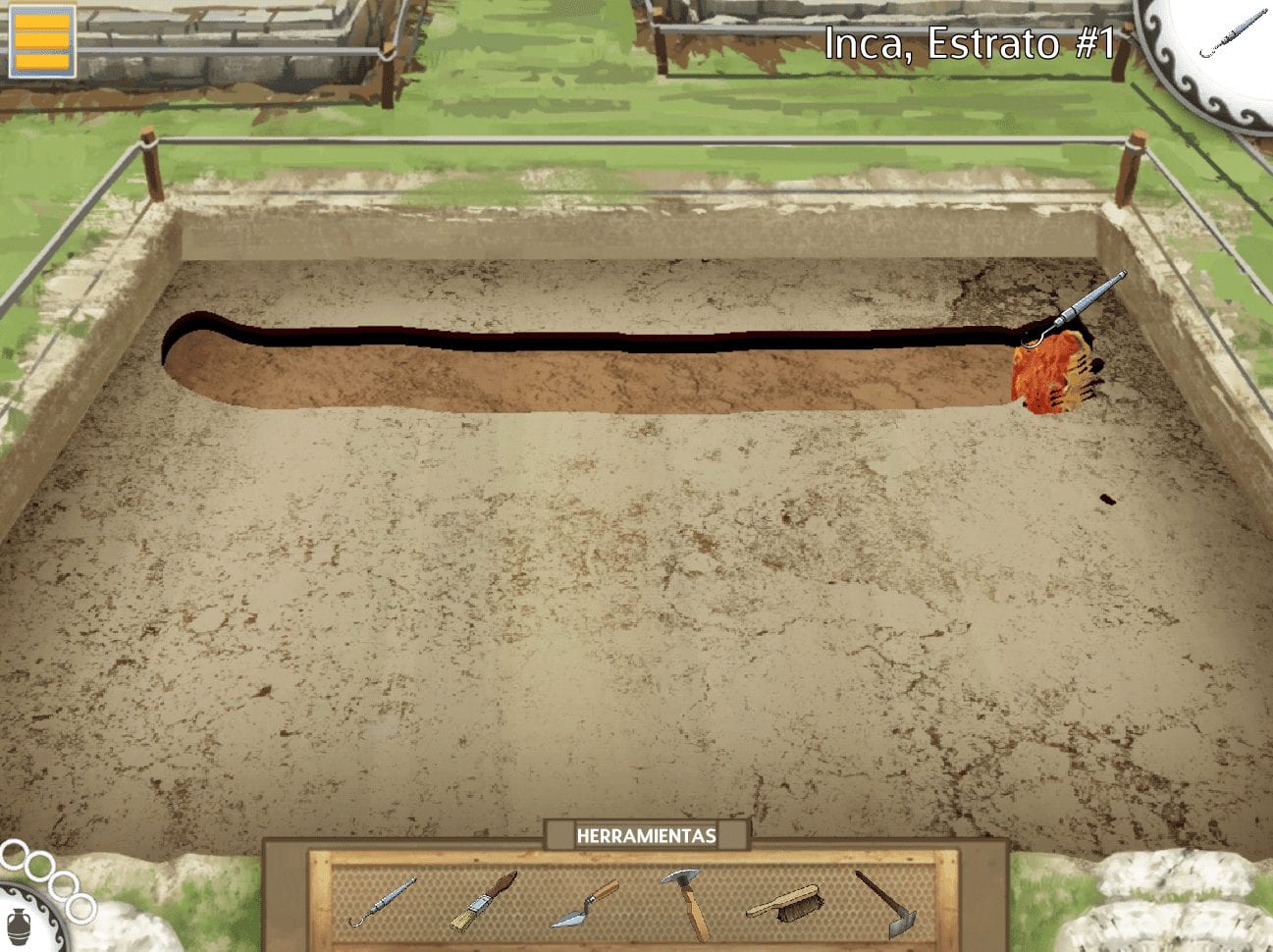
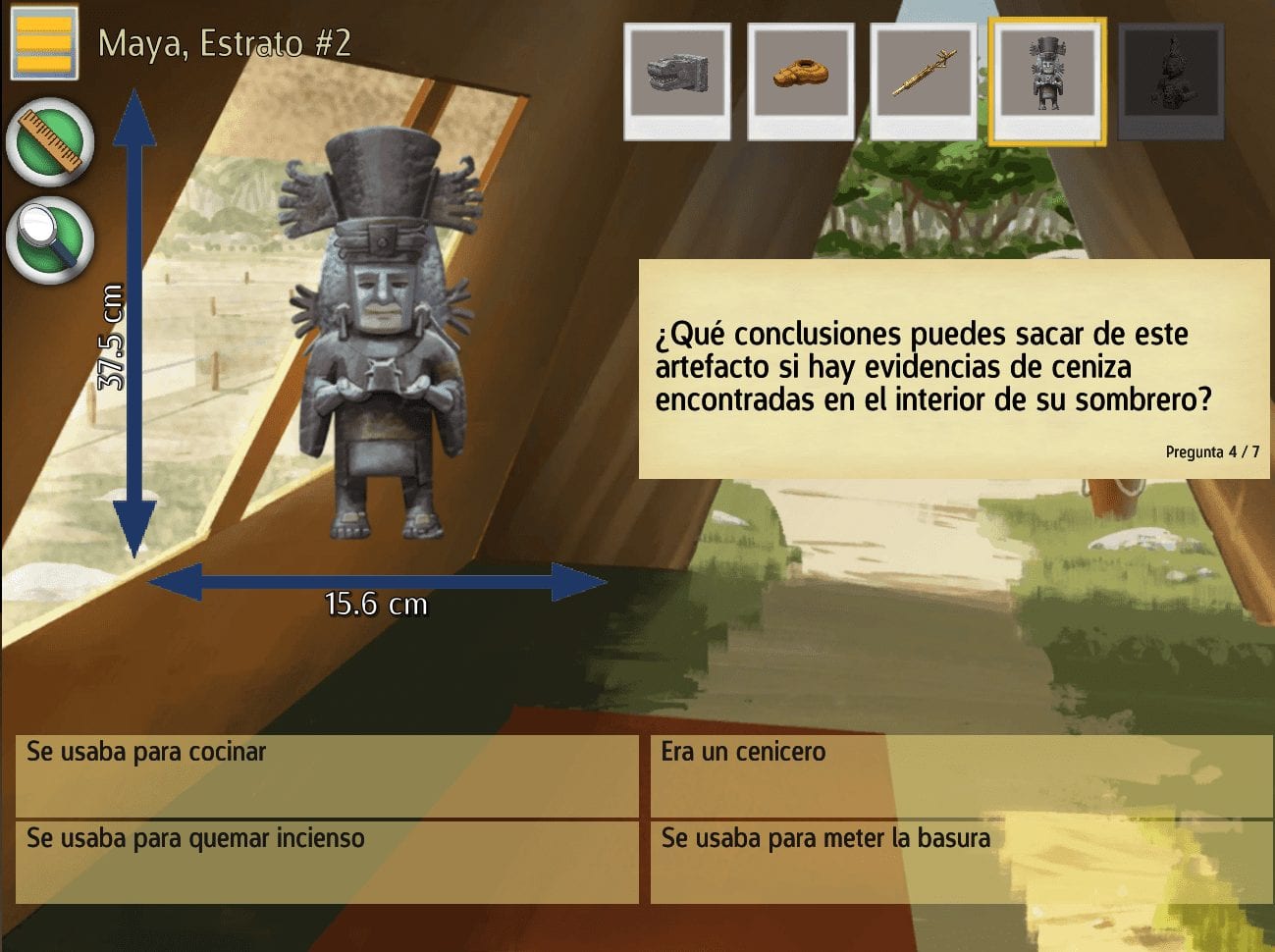
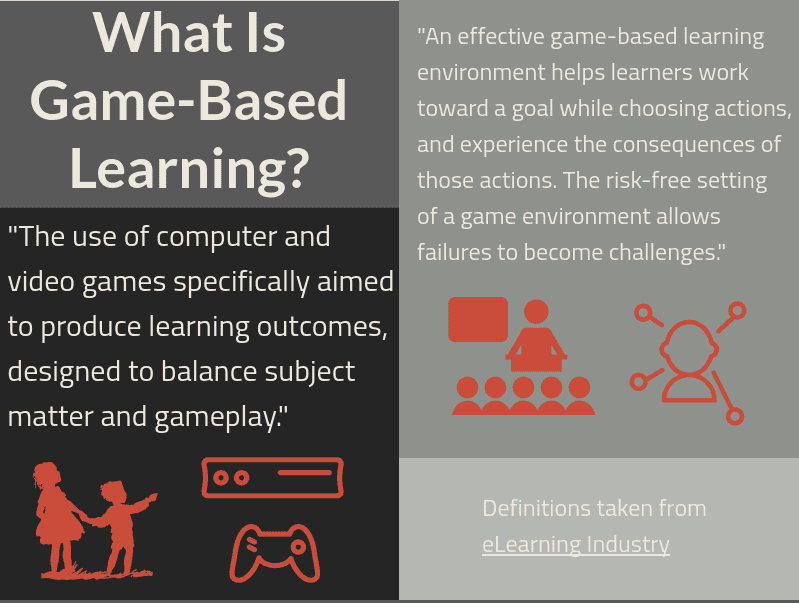



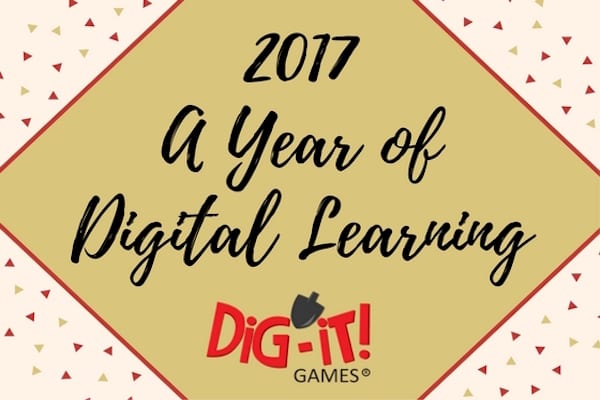
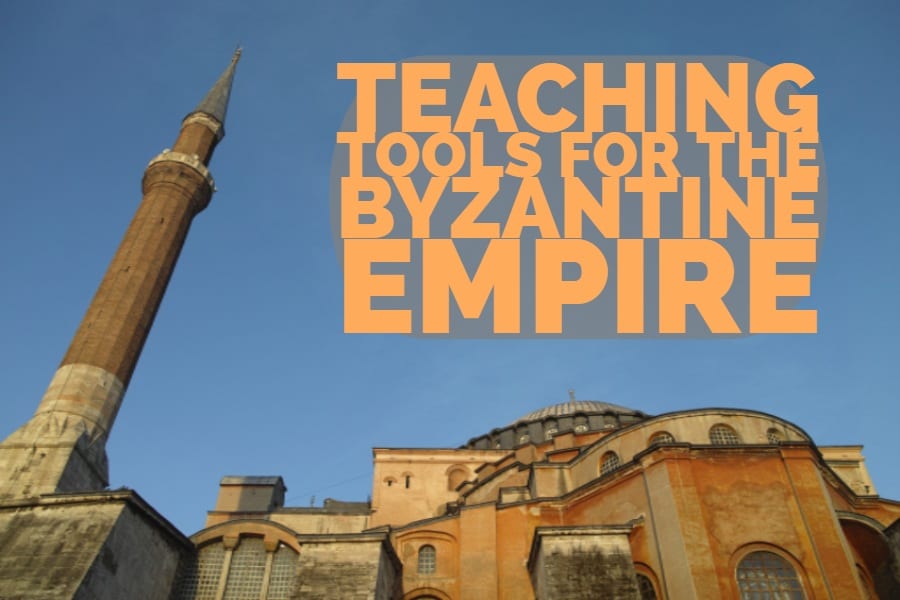

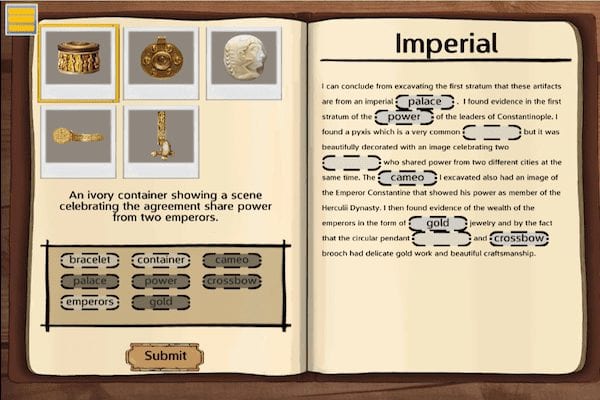
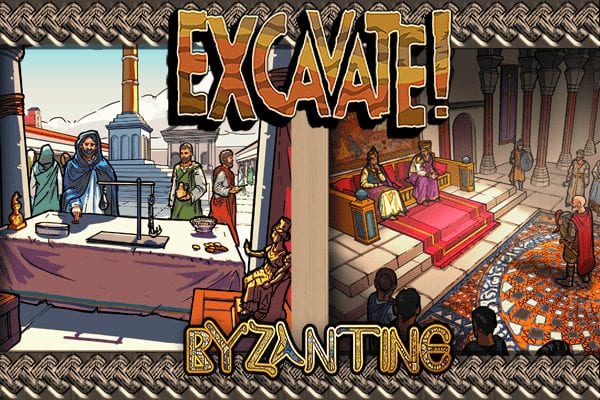
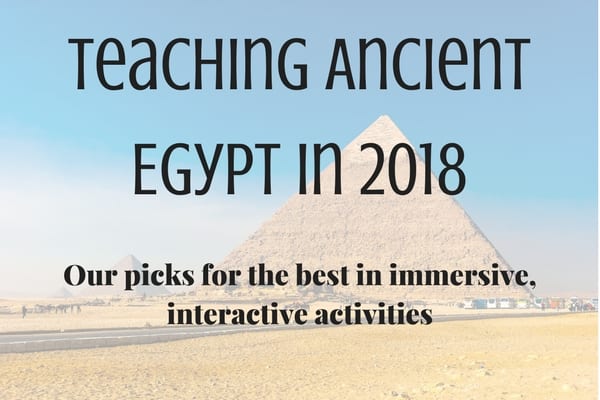

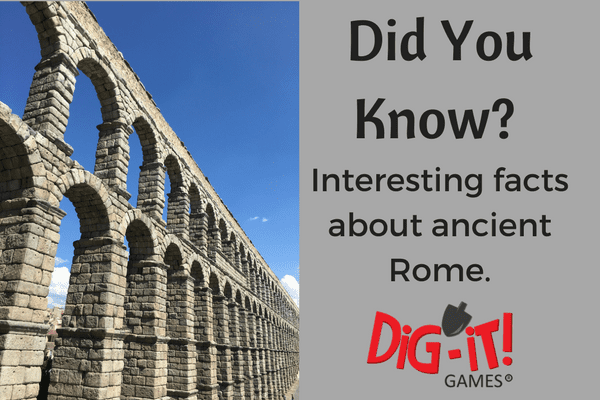


 Sally Ride blasted down barriers as she blasted into space in 1983 as the
Sally Ride blasted down barriers as she blasted into space in 1983 as the  When looking to engage students in STEM learning and space exploration, look no further than
When looking to engage students in STEM learning and space exploration, look no further than 